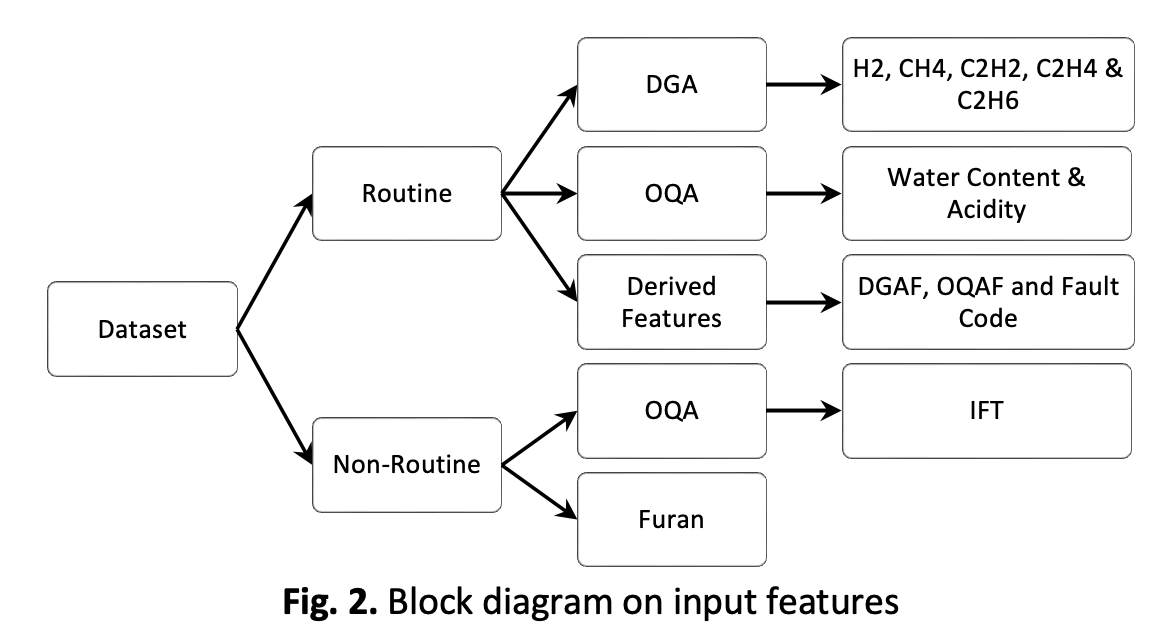Investigation of the Influence of Non-Routine and Derived Features in the Development of Early Detection Model for Transformer Health Index Classification
DOI:
https://doi.org/10.37934/araset.39.2.141152Keywords:
Transformer Health Index, non-routine test, routine test, machine learning, Transformer Asset ManagementAbstract
Establishing an effective HI model is challenging because it involves balancing cost, risk, and performance. The currently developed Reduced Features Model (RFM) for the transformer Health Index (HI) prediction may lead to late prediction. The RFM utilised non-routine input features to achieve a high-accuracy model where data availability is the primary concern. Hence, the common goal of Transformer Asset Management (TAM) in achieving acceptable availability and reliability of the transformer may not be achieved. In this paper, the primary objective is to investigate the performance of the HI model by considering routine test features as a baseline for developing the Early Detection Model (EDM). The development of EDM is significant, as the model shall provide a sustainable solution to the utility and plant owners in establishing their TAM strategies. Hence, this paper's case studies include performance investigation using routine, non-routine, and derived features from the routine test. Support Vector Machine (SVM) was used for the prediction modelling, and the model's performance was validated based on a 5-fold cross-validation technique to avoid biases. As a result, it was found that the average accuracy performance of 88.4% was obtained by considering only routine test features during the model validation process. However, complementing the routine test with other features, which were non-routine and derived features, increased the average performance accuracy model to 95.3%. Hence, further development of EDM is feasible and crucial for sustainable TAM solutions.
Downloads




























